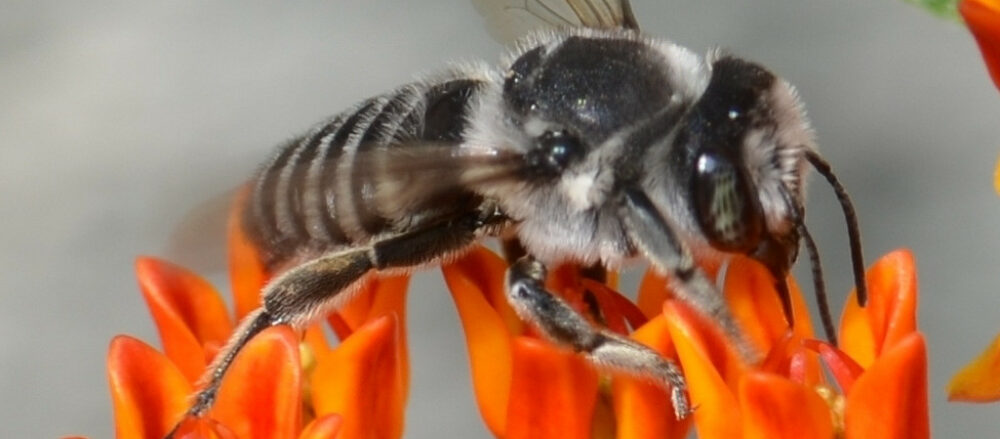Google Alerts is so cool. I just added an alert for “Brooklyn” and “Tree”. And this popped up within about 20 minutes:
I had an amazing time planting the street tree. I never had the opportunity before, only knowing how to take care of windowsill gardens. It felt like I was part of something larger than myself. I really liked getting my hand dirty and working outside. I felt like I was bringing back the wolf by bringing back a tree.
– A tree grows in Brooklyn, art, life (no separation)
Angela’s post is illustrated by a sequence of photos showing the progress from empty pit to planted tree.
A Quality Housing requirement for the NYC Buildings Department is for the home owner to plant a street tree either in front of their new home or somewhere nearby (same block or neighborhood). That was my task this week. Along with my father, we planted our first street tree together. A Japanese Zelkovatree [Zelkova serrata], apparently impervious to the devastating longhorn beetle, was chosen in conjunction with the Parks Department.
Parks has a list of approved street tree species on their Web site. This is not a complete list of species that could be planted – “Superior cultivars may be substituted with the permission of the Agency” – but species susceptible to Asian-Longhorned Beetle (ALB, Anoplophora glabripennis) are specifically prohibited. These include Maples (Acer), Elms (Ulmus), Ashes (Fraxinus), and Hackberries (Celtis).
Related Posts
Asian-Longhorned Beetle
Urban Forestry
Links
Asian-Longhorned Beetle
Street Tree Species List
Trees & Greenstreets
NYC Department of Parks and Recreation
